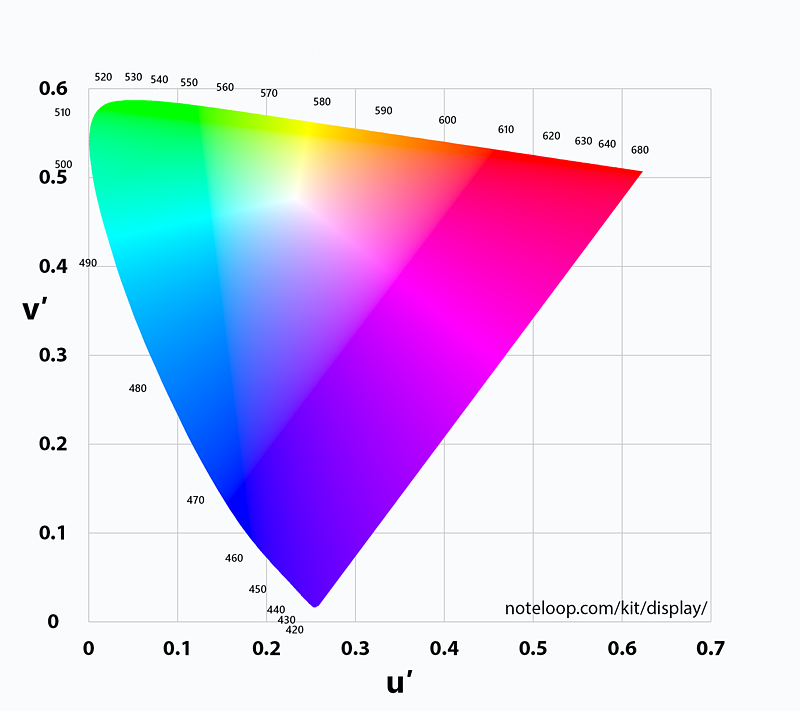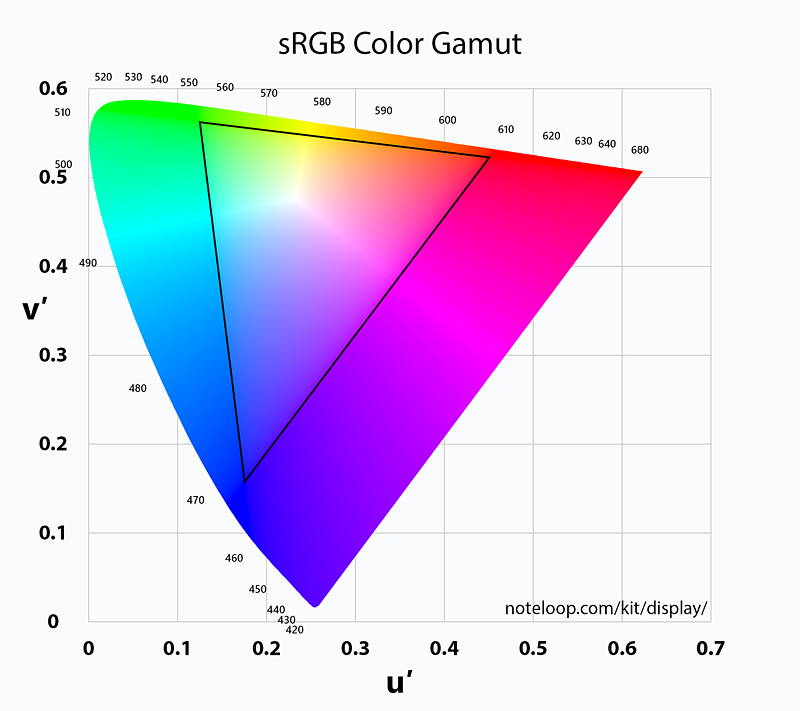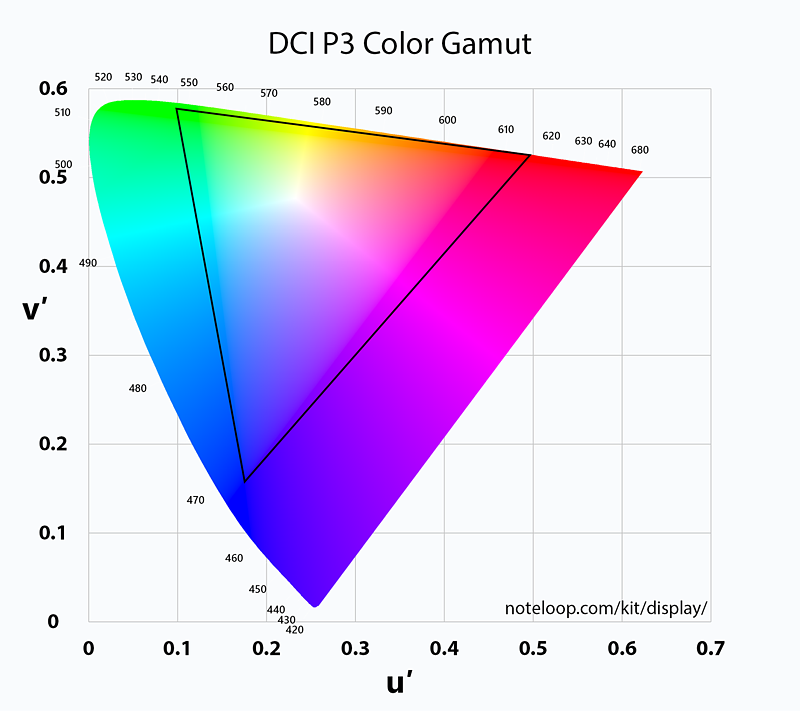Other
Know your colours: Spaces, Profiles and Gamut (2015)
In 2015, Apple updated their iMac line with a new 21.5" model, complete with 4K Retina Display — alongside a refresh of their 27" iMac (which has had the 5K Retina Display since the Late 2014 model).
A key feature of both models is their use of an ‘all-new, P3 colour gamut’, but what does that really mean?
It is listed in the design specification as giving 25% more real-life colours than standard sRGB, but many end-users will have never heard of colour spaces, gamuts, or profiles in this regard — my hope is that by reading this, we may go some way to clearing it up.
What we are talking here about is how accurate your display can be, when compared to real life — this could be a display on a camera, smartphone, projector, or any digital visual apparatus.
N.B. Its important to bear in mind that we are only considering how much colour can be displayed — how much colour can be captured (e.g. by a camera) is an entirely different, albeit associated story.
N.B. Its important to bear in mind that we are only considering how much colour can be displayed — how much colour can be captured (e.g. by a camera) is an entirely different, albeit associated story.
To start with, it’s helpful to have an brief understanding of how colour is measured in this area. There are various ways of measuring and displaying how capable something is of displaying colour — the majority of which depend on converting colours into numbers, and then displaying these numbers on graphs.
The method which I’ll reference here are the CIE colour spaces — a method which still has relevance almost 100 years after its inception. The theory is based on translating values of Red, Green and Blue into points on a graph (x, y and z). Mathematically, this would give a three dimensional graph — but it is represented in two dimensions by factoring out brightness (e.g. grey can be seen as a less bright version of white, so does not need to be displayed).
I was aiming to make this simple — but it’s not working out that way! At this point, please feel free to read more into these theories (Adobe’s technical guide is a good reference) — but for now you’ll have to trust me… (thanks here go to Sajeeth for his colour space images).
The first image below shows the spectrum of colours which are visible to the human eye — converted into RGB values, and plotted across two axes.
The first image below shows the spectrum of colours which are visible to the human eye — converted into RGB values, and plotted across two axes.
Human Visual Colour Capability, displayed against the CIE 1976 colour space.
Taking that as your baseline, now we can consider which colours inside this can be accurately displayed by the DCI-P3 colour space adopted by the new iMacs, alongside the range of colours covered by sRGB. Look through the next images to directly compare these capabilities:-
(For reference, sRGB has widely been adopted as the standard colour profile since it’s development by Microsoft and HP in 1996).
(For reference, sRGB has widely been adopted as the standard colour profile since it’s development by Microsoft and HP in 1996).
DCI-P3 and sRGB colour profiles, displayed against the CIE 1976 colour space.
It’s clear that P3 offers a greater range of colours than sRGB — so much so that it has been used in the Cinema industry since its creation in 2007 — and finally it is becoming a realistic choice for photographers, home video editors and internet browsers alike. Colour representation in P3 is particularly improved in reds and greens — clearly visible in the diagram where these colours are captured significantly more in this range. P3 displays have been available for some time, however with prices up to £20,000 they weren’t justifiable outside of the film industry.
So, if these new iMacs work in DCI-P3 then they will clearly offer a broader range of colours — but what will that represent to the end user? You’ll likely be reading this on an sRGB calibrated device, so you’ll only be able to see the real difference by looking at these new displays directly — but the following images attempt to replicate the effects.
Look through these images to see a loose idea of how it might look through sRGB compared to DCI-P3:-


Those first images don't show a significant change — but remember that this shift in profile primarily impacts the reds and greens. For a better example, try these next two examples:-




As described above, its impossible to truly emulate the difference that working in P3 will make — probably best to head to your nearest Apple Store and take a look for yourself!
For further reading, have a read of these articles and posts:-
You must be logged in to post a comment. Login here.
About this article
An old article written about Colour Spaces, particularly with reference to the iMac (released in 2015 with native DCI P3 colourspace) - testing the Article feature on CGA.
visibility123
favorite_border0
mode_comment0
About the author

jms.lwly
Director / CGI Artist / Photographer at jms.lwly | architectural images by James Lawley
placeBristol, GB




